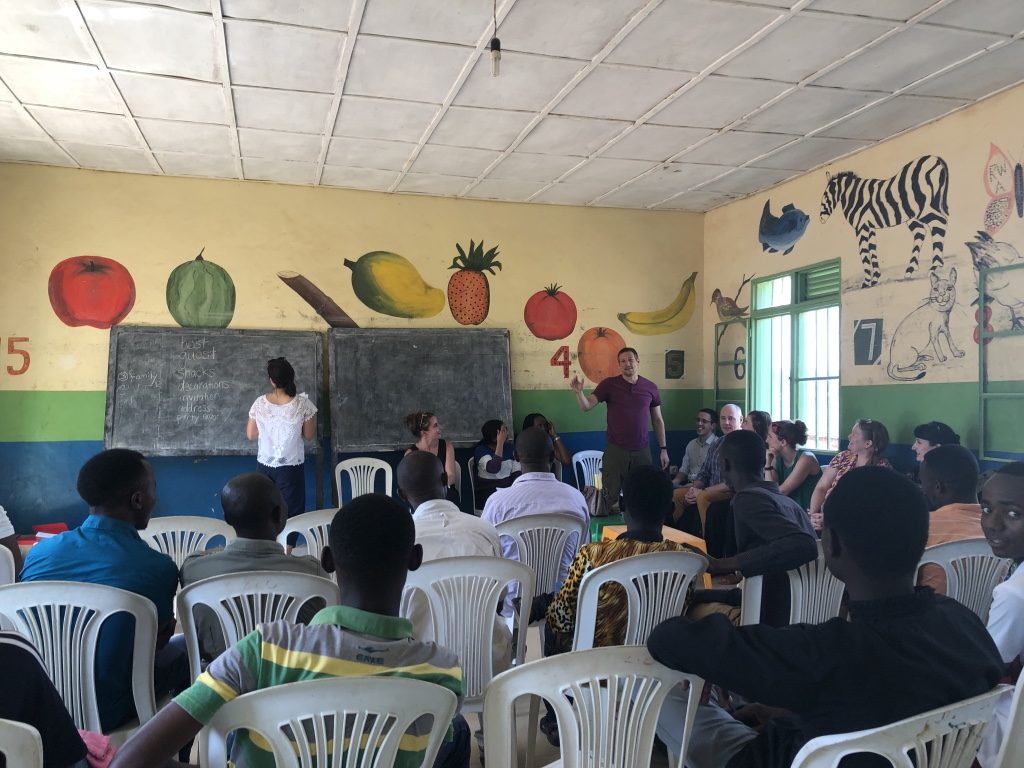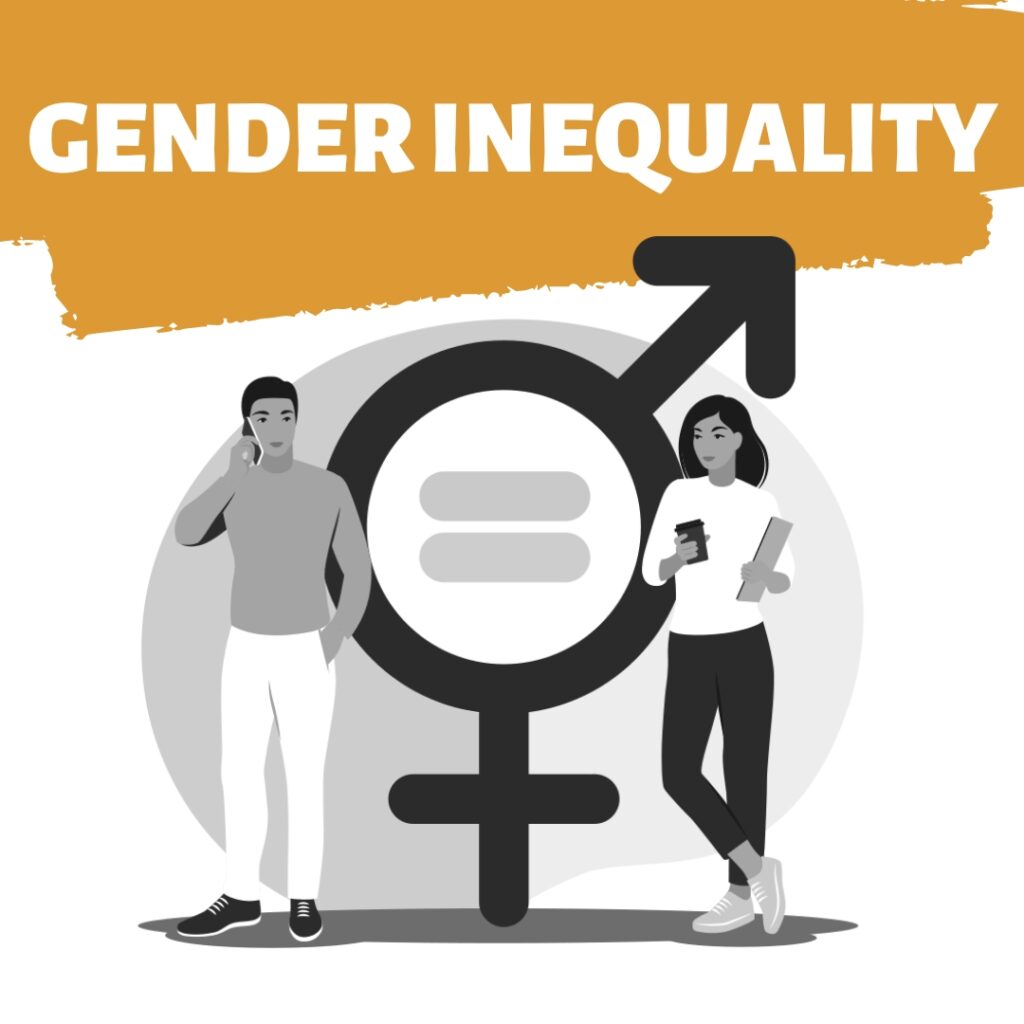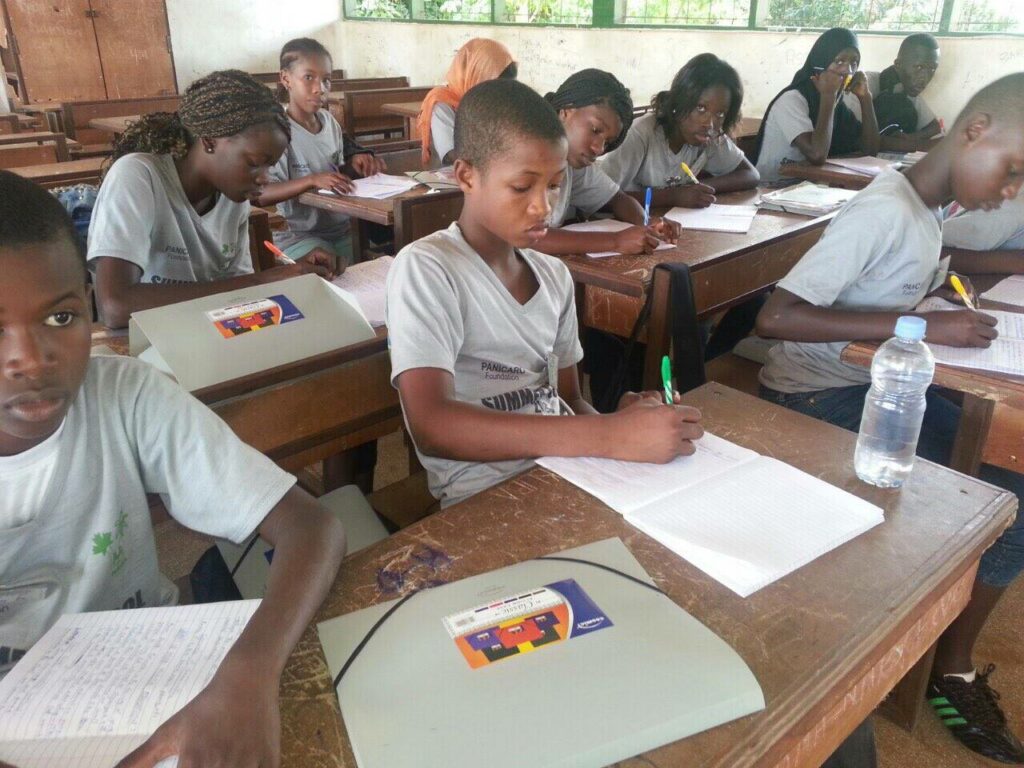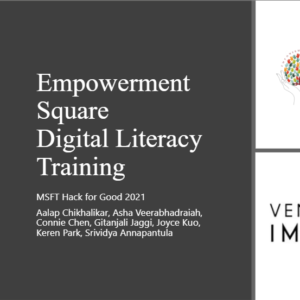
Education As A Tool To Combat Gender Inequality

By Mary Adeyemi

Gender inequality has been a pressing social issue for centuries, and education is essential in combating it. Education can empower individuals to resist gender-based oppression and equip them with the knowledge they need to challenge stereotypes and oppressive systems of power(also outlined in SDGs 4 and 5). This article will explore how we can use education to tackle gender inequality by examining its history and potential applications in modern society.
introduction
Education has long been recognized as a powerful force for social change, allowing people to gain access to economic opportunities that were previously unavailable. Historically, educational institutions have provided women with invaluable skills such as literacy and numeracy, enabling them to participate in public life more equally than before. Furthermore, through greater access to higher education and professional training courses, girls and young women can now pursue careers that formerly belonged exclusively to men.
In addition to providing practical benefits, education also serves a vital role in changing attitudes toward issues related to gender equality. By introducing topics such as feminism into curricula at all levels of schooling – from primary school onwards – teachers can help students learn about the importance of respecting different genders and cultures.
At the university level, numerous initiatives seek to raise awareness of gender discrimination among staff members and students. This can help create a more inclusive and equitable learning environment for all.
Understanding Gender Inequality

Gender inequality has been a long-standing issue, with its roots deeply entrenched in social systems and cultures worldwide. To understand this phenomenon, it is essential to look at the differences between men and women that can cause gender gaps – from economic opportunities to access to education and beyond.
Women are less likely to be employed as scientists and engineers (41%) and are under-represented among self-employed professionals in science, engineering, and ICT occupations (25%). We have seen such disparities on multiple levels: global, regional, national, and local. It is clear that these discrepancies have serious consequences for both genders; they not only impede development but also hinder individuals’ capacity to reach their full potential.
The impact of gender inequality is far-reaching – ranging from health outcomes to educational attainment and economic empowerment – thus making it essential for governments, organizations, and communities to address it comprehensively.
A deep understanding of the root causes must be achieved through extensive research and analysis for progress toward equality. Without such knowledge, efforts to promote gender parity may fail due to misalignment with existing issues within a given society. This underscores the need for comprehensive approaches to tackle gender inequality on any scale.
Bridging the gap between men and women requires more than just awareness-raising initiatives: concrete solutions driven by evidence-based strategies must be implemented to achieve lasting change. Education plays an integral role here, with all forms of learning providing invaluable tools that enable us to better comprehend our strengths while equipping us with the necessary skill sets needed to thrive in different contexts.
By using education as a platform for growth and transformation, we can create meaningful opportunities for those affected by gender bias – paving the way forward toward true equity among all sexes.
How Education Can Help Combat Gender Inequality

Education is a powerful tool that we can use to combat gender inequality. It provides individuals with the knowledge and skills needed to understand the dynamics of unequal power relationships between genders and methods for challenging existing structures.
Education also allows people to develop more nuanced and informed views on gender roles in society, which can help reduce discrimination against women.
Furthermore, education has increased employment opportunities for women, helping them gain greater economic independence from men and become financially self-sufficient.
Moreover, it can provide access to better healthcare services by increasing awareness of health issues related to gender. Thus, improving educational access for women is key when considering strategies to address gender inequality.
Ways To Improve Educational Access For Women
Studies show that only 62% of women in low-income countries are literate, compared to the 81% male literacy rate (UNESCO). This statistic points to stark gender inequality regarding access to education. To improve educational access for women, there must be an understanding of where and why gaps exist. Economic constraints are significant factors – families may struggle to pay school fees or provide transportation costs so their daughters can attend school regularly. In some places, cultural norms still prevail, discouraging girls from continuing their education beyond primary levels.
Governments should invest more resources into schools in rural areas with high female populations to address these issues. According to the United Nations, there are still 130 million girls who are out of school, and millions more are not receiving a quality education.
Financial assistance programs also help reduce tuition cost burdens on families. At the same time, mentorship initiatives encourage young girls to stay in school by providing them with role models who have succeeded despite such obstacles.
Additionally, we need to conduct gender awareness campaigns highlighting the benefits of educating women through traditional media and digital platforms to challenge existing stigmas regarding female education. By taking actionable steps toward improving educational opportunities for women, we can begin to bridge the gender gap and create greater equality between men and women globally.
The Impact Of Education On Gender Inequality
Equality of educational opportunities has long been recognized as an important factor in combating gender inequality. Indeed, the availability of quality education can significantly impact decreasing disparities between genders. This is because it gives women access to knowledge and skills that allow them to become economically independent, thereby increasing their ability to make decisions regarding their lives and futures. In addition, education also helps reduce discrimination based on gender by fostering greater understanding among people from different backgrounds.
Education serves another crucial purpose in reducing gender-based inequity: empowering women to challenge oppressive practices and cultural norms perpetuating injustice against them. Women can advocate for themselves more effectively by learning about their rights and gaining increased confidence through academic success. Similarly, when girls receive proper schooling, they develop the leadership skills needed to take on positions of authority within society and effect positive change for other women.
Finally, educating boys and girls about respect for each other’s capabilities and contributions has tremendous potential to create a new generation that sees men and women as equal partners in social progress. Providing young people with accurate information about gender roles and emphasizing the value of collaboration rather than competition between genders, such initiatives could be immensely beneficial in reshaping attitudes towards female empowerment worldwide.
In Closing
Gender inequality is an issue that has long plagued society, yet education can be a powerful tool to overcome it. Education allows individuals to gain knowledge and skills which improve their economic opportunities, provide them with better decision-making abilities and make them more aware of their rights. As such, access to quality education for women is essential in combating gender inequality.
By providing educational resources and programs dedicated to helping girls reach their potential, we can work towards reducing the effects of gender discrimination on our societies.
Additionally, by encouraging men to become advocates for gender equality in all spheres of life, we can create lasting change and help eradicate this pervasive issue from our communities once and for all. Therefore, through improving access to quality education for both genders and engaging in advocacy efforts for gender equality, we have robust tools at our disposal that can help us achieve true parity between men and women.

